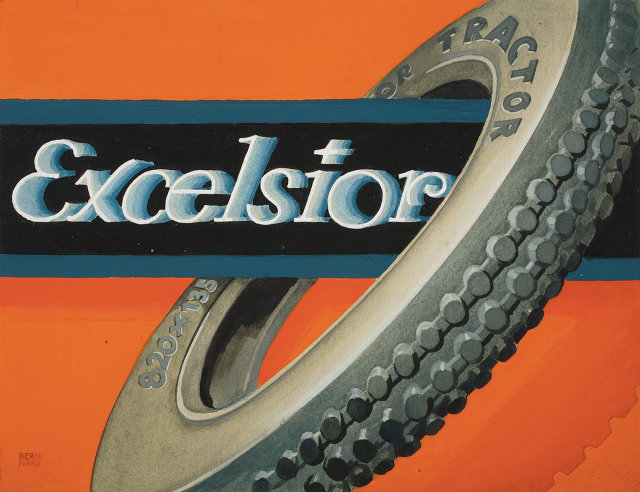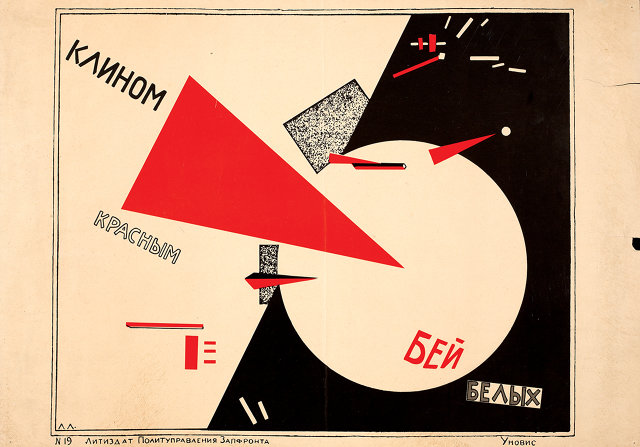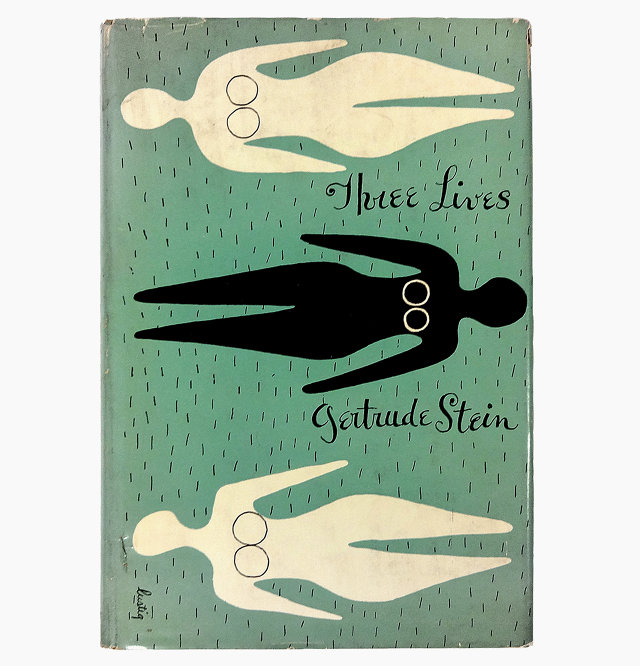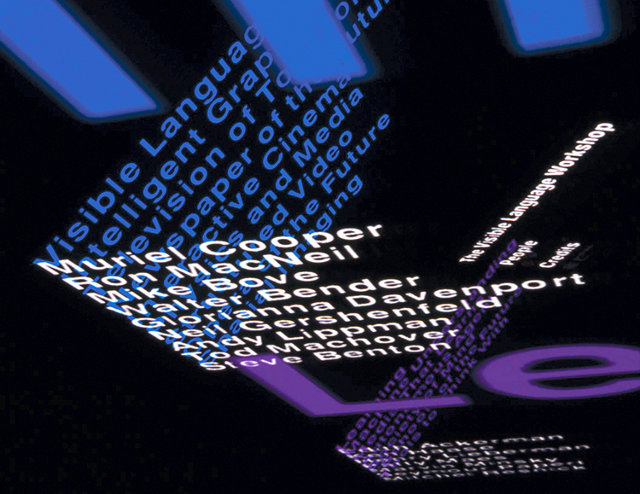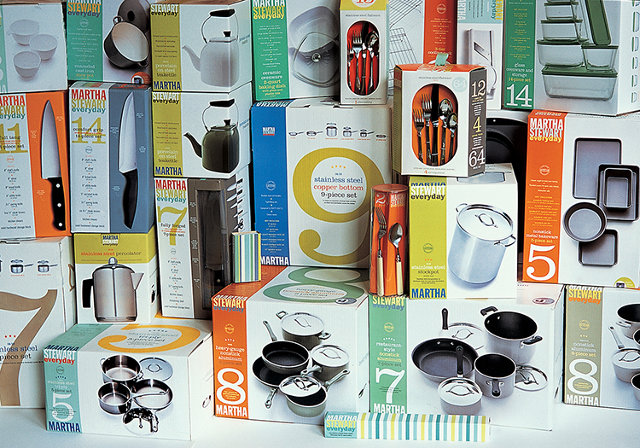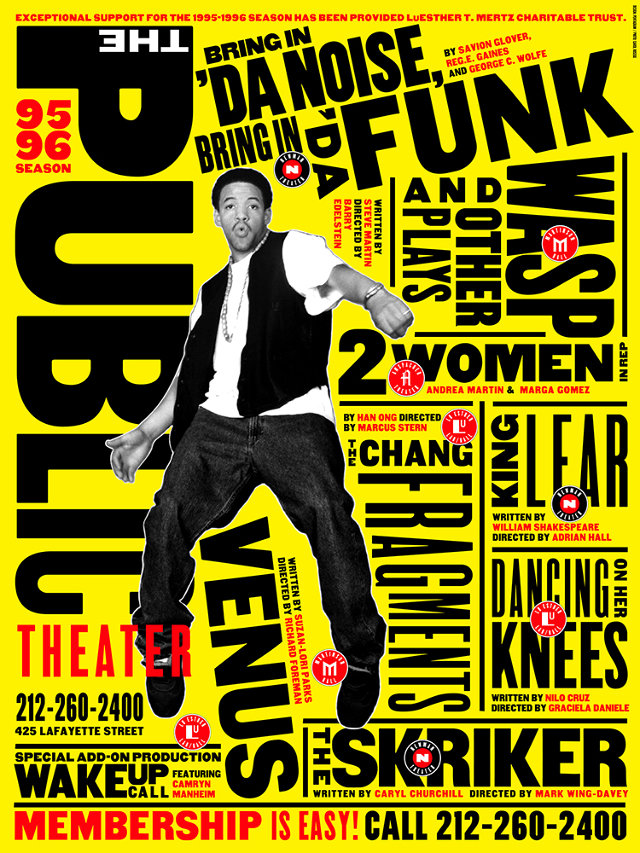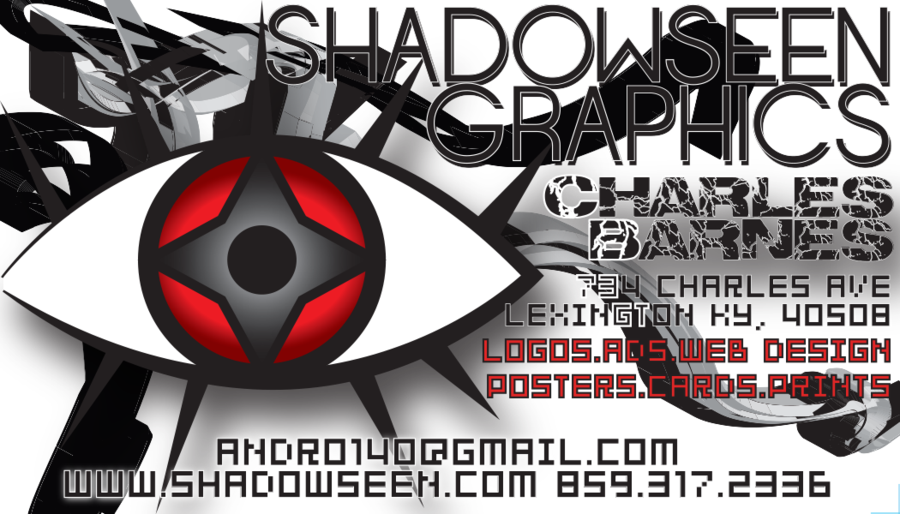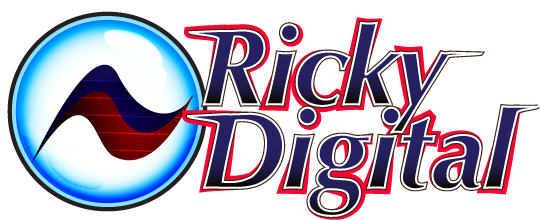Editor’s note: This post was originally published on Quora, in answer to the question, “What should you do if someone puts a gun to your head?” We republished the answer with permission from the author, former police officer Justin Freeman.
The flippant (but obligatory) short answer is, “Whatever they tell you to.” Of course, within this there is nuance and some other considerations to be made:
Most important: Stay. Calm. There is no way you’re going to remember all of the stuff I’m about to say, but if you remember anything, remember to remain calm. If clarity of thought was ever important, it will be in the proceeding moments.
- First, every point following this one will be dependent upon your remaining calm. You will be incapable of higher thought if your brain is seized up with an ‘oh my god oh my god oh my god’ cycle.
- Second, calmness begets calmness. If you panic, you’re in turn going to panic a person with a gun to your head, who obviously felt backed into a corner prior to your beginning to scream and convulse two feet away from them.
- Remember, your assailant has leveraged control of your physical movement by virtue of having a firearm, but you will, almost without exception, be at a psychological advantage in this situation — if you stay calm. You will have the benefit of rationality, logic, rhetoric and persuasion, all of which you’re about to need in spades.
Next, establish eye contact with the assailant. It sounds simplistic, but looking into their eyes forces them to acknowledge, if only to themselves, your humanity in this situation.
- Think about it: Most of us would have little compunction about a mouse dying outside of our presence, but could you yourself kill it if it was looking in your eyes? It would at least introduce a degree of hesitation.
- You don’t want this person uncontrollable, but you do want them uncomfortable. You want them to start reconsidering the necessity of what they’re doing and begin looking for an out.
Know your assailant: Not every gun-toting criminal is created equal.
- There are usually very specific contexts in which you’d find yourself with a gun to your head: in the course of a robbery, in a hostage situation, or at the inception of a kidnapping.
- Of the three, a simple robbery is probably most likely, but probability doesn’t do you much good after the fact.
- Each will require a different response, but they have a common denominator: the point of the encounter, in the vast majority of cases, is not to kill you.
- If the person was determined to murder you, you would already be dead — and every second that passes is usually one passing in your favor when it comes to surviving the encounter. This is why I didn’t list things like school shootings and terrorism — the whole point in those instances is to maim and kill, so you’re unlikely to spend any time with a gun to your head.
Here are some considerations for each of the above scenarios. A robber is simply using the gun to increase their chances of success and as an insurance policy — the point is still your wallet or purse. Give it to them.
- A lot of armchair wisdom on the Internet advocates chucking your money vessel in one direction and running pell-mell in the other; I honestly wouldn’t recommend this. I think there’s an inherent assumption here that they’re going to mindlessly key on the flying money a la the dog from Up. The goal is to keep the gun wielder calm, and the sudden motion of you winding back for your wallet/purse toss isn’t going to help your cause.
- Telegraph your actions before you do them (“I’m going to reach into my back pocket to get my wallet out now”), reach for your wallet or remove your purse at quarter speed, and calmly hand them what they’re demanding.
- During the whole process, study the person. Instead of trying to memorize exact height and weight or every article of clothing, try to find something unique about them personally. Unless the person is exceptionally tall, short, heavy or skinny, it’s not going to do the police much good later — everybody is “about six feet” and “around 1__ pounds.” And as far as clothing goes, what he’s wearing is coming off as soon as he’s out of sight and in a protected environment.
- Think: If you were to see five people with this person’s general features, what about them personally would distinguish them? It might be a hairstyle, scar or birthmark, tattoo, piercing pattern, or something else. This information is stored in law enforcement databases for repeat offenders, and could prove invaluable in an investigation.
- Remember, this is the only scenario in which your assailant will be unknown, so study carefully — in the course of your compliance.
A hostage taker is using you as a means to an end — simple leverage. This, contrary to media portrayals, most often won’t take the form of being a pawn in a grand bank robbery scheme. It will more often be you being gathered up as a personal hostage for get-away collateral.
- If this is the case, police are likely already present. They probably won’t be giving you any directions, as they’ll be reasoning with your assailant, but listen carefully to what is going on.
- Try to stay as quiet as possible. For sure don’t start screaming — you’re going to spike the stress level of both your assailant and the responding officers, which won’t be good for anybody. Try not to talk either — you’ll want your assailant to be able to hear the directions and commands of the police officers on scene.
- There are some other issues I’d love to discuss here, but for reasons of officer safety and tactical advantage I just can’t. I will say this, though: stay as far away from your assailant’s head as you can. If you can imagine a triangle running from the outside corners of his or her eyes down to the bottom of their nasal septum (the cartilaginous wall between their nostrils), that will be the shot target should police be forced to engage with firearms. The reason is that bullets to this area have a better chance of producing an immediate kill, without even a flinch reflex, which might cause the person to pull the trigger of the gun they have to your head post-mortem. Or so I was told in Academy; I’ll grant that my instructors weren’t medical doctors.
- If, instead of the above scenario, you’re alone with the hostage taker, you’re going to have to live off of the shirt sleeve of your common sense. The only thing I can really advise here is to talk to him or her as much as possible. Try to get them talking about something, especially what they believe in if they have some cause compelling them in the situation. Speak in measured, even tones, and defer to their intelligence and passion. Identifying with them creates a social connection they will have to overcome if they are deciding whether or not to kill you later.
A kidnapping changes the metrics significantly. While vanishingly rare (I can’t even find reliable statistics for adult kidnapping/abduction in the United States), some thoughts based on some of my understandings:
- The only time I would advise you to be fully compliant during a kidnapping at gunpoint is if someone in your family is famously wealthy, and you’re fairly assured that the situation is motivated by an extortion attempt. In this case, it is in your assailant’s best interest to preserve your well-being.
- You’re probably not very likely to be raped during an extortion attempt, because the power play is the money, not dominating you sexually. Plus, many rapes are forensics gold mines, and they’re probably not going to trade their payday in for an unwilling score, or risk so long a prison sentence for it — forcible rape committed by means of the display of a weapon is a mandatory minimum fifteen year prison sentence in Missouri with no possibility of sentence suspension.
- In all other cases, the outlook is probably grim, especially if a vehicle gets involved. This is purely my opinion, but it’s given as a former police officer who still has connections and an ear to the ground: if you’re a woman being forced to drive at gunpoint by a man, there’s a high probability you’re driving yourself to the scene of your own rape and/or grave.
- If there’s any way of forestalling getting into a vehicle, I’d do it. It may be looking past his shoulder and nodding, giving him the impression there’s somebody behind him, causing him to turn long enough for you to run like hell. It may be diving through the opposite door or window when you’re forced into the car. It may be you deciding to dig in and make your stand, hoping unplanned resistance will cause him to drop the gun or to retreat.
- If you’re ambushed in your own car or can’t help being compelled into it, I would ignore direction commands and drive briskly to a police station or the most crowded place I could find, then slow to about five miles per hour and start honking the horn. The whole point of his demands about where to go is getting to a place of solitude where his anonymity is preserved and he is in control of the situation. I can almost guarantee he has no interest in killing you at fifty miles an hour, enduring the resultant car crash, then fleeing, armed, from a car with a gunshot victim in the driver’s seat. Nor is he interested in killing you while everybody looks on in the parking lot you found. You’re giving him an out — if he stashes the gun and flees, it will look to most people like a joke or a domestic squabble.
- Obviously none of these courses of action is ideal, but you’ve been put in a situation where you’re probably going to have to choose between bad and worse at some point. There is no ‘right’ answer, just the ‘best, considering the circumstances’ answer, and I can’t pretend to be able to make it for you in advance.
No two gunpoint situations are alike, and they will all be very dynamic situations. My advice is to remain calm, be as compliant as you can, be aware of your surroundings, and do what you need to in order to survive. But the obvious best case scenario is keeping yourself out of the situation that put you on the business end of a firearm:
- Try not to travel on foot alone, especially if you’re a woman, and especially if you’re impaired (by alcohol or otherwise). Most criminals who get a cheap gun to commit crime are cowards, and thus need the gun to gap-fill their cowardice. If you’re with one or two others, you’re introducing too many variables into the equation for their comfort. If you’re alone, though, they know that one versus one plus a gun will usually work out in their favor.
- If you’re on a campus of any kind (corporate or collegiate), don’t feel completely safe in getting from one place to another, and don’t have friends close, get a security escort. If the campus has no provision for this, raise holy hell until they do. If you can’t find anybody in this regard and have a genuine concern about your surroundings, don’t hesitate to call your local law enforcement agency and request an officer. You are not being a bother. You are not wasting the officer’s time. You did not pull the officer from another assignment — you’ll only be sent an available patrol officer. We’re in the public safety business, and this obviously fits nicely. Now, it may take a while to get to you, especially if we’re busy; this will admittedly be low priority, and will be shelved until active incidents have responding officers — but don’t take that to mean that you’re unimportant. I was more than happy to do this, it took about twenty seconds, and it gave me a community contact.
- If you’re going out for a night on the town, consider wearing an outfit that’s actually comfortable, as opposed to five inch stilettos and a dress that has all the give of Saran wrap (I’m picking on the ladies — guys usually don’t need to be told to pick a comfortable wardrobe). If you’re out and about enough, there will eventually be an instance in which you will need to run. In the case of an armed criminal, it may be for your life. I could only sigh in disdain at some women I saw downtown —in the midst of an active incident or disturbance, I would see them tippy-toeing down the sidewalk in their heels, trying to shuffle their feet in four-inch steps because they were wearing what amounted to a dress-length corset. Or peeling the heels off and subjecting their assuredly tender feet to the gravel and broken glass.
- Don’t be ostentatious. Expensive jewelry and exhibited cash are road flares for robbers and thieves – if they feel they can get a quick score, they’ll stalk you from a distance for as long as it takes until they see a window of opportunity. If you look run of the mill, they’re less likely to take the chance; doing a prison sentence for armed robbery is a steep risk if all they’re likely to get is a ten dollar watch and a credit or debit card that they know will likely be cancelled before they can even try to use it.
Final piece of advice: Don’t do anything advocated here:
Read more: http://www.businessinsider.com/how-to-respond-if-somebody-holds-a-gun-to-your-head-2013-12#ixzz38D8FUegJ
Comments
Powered by Facebook Comments















 A few benefits of running your business from a browser include these:
A few benefits of running your business from a browser include these:
